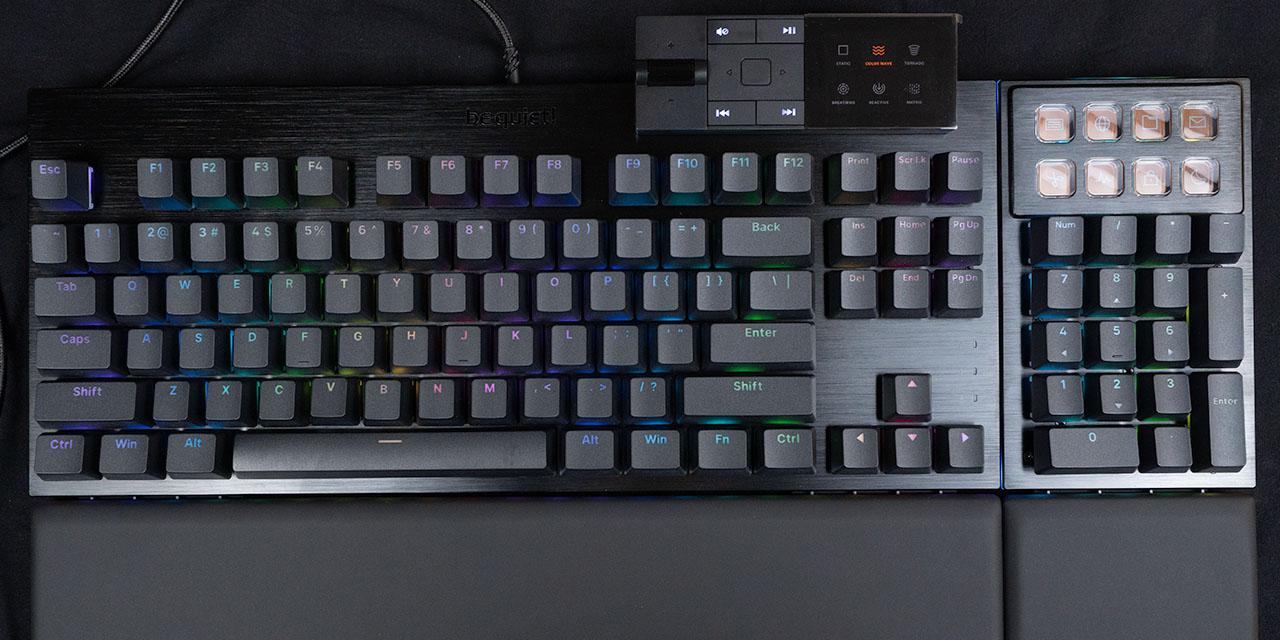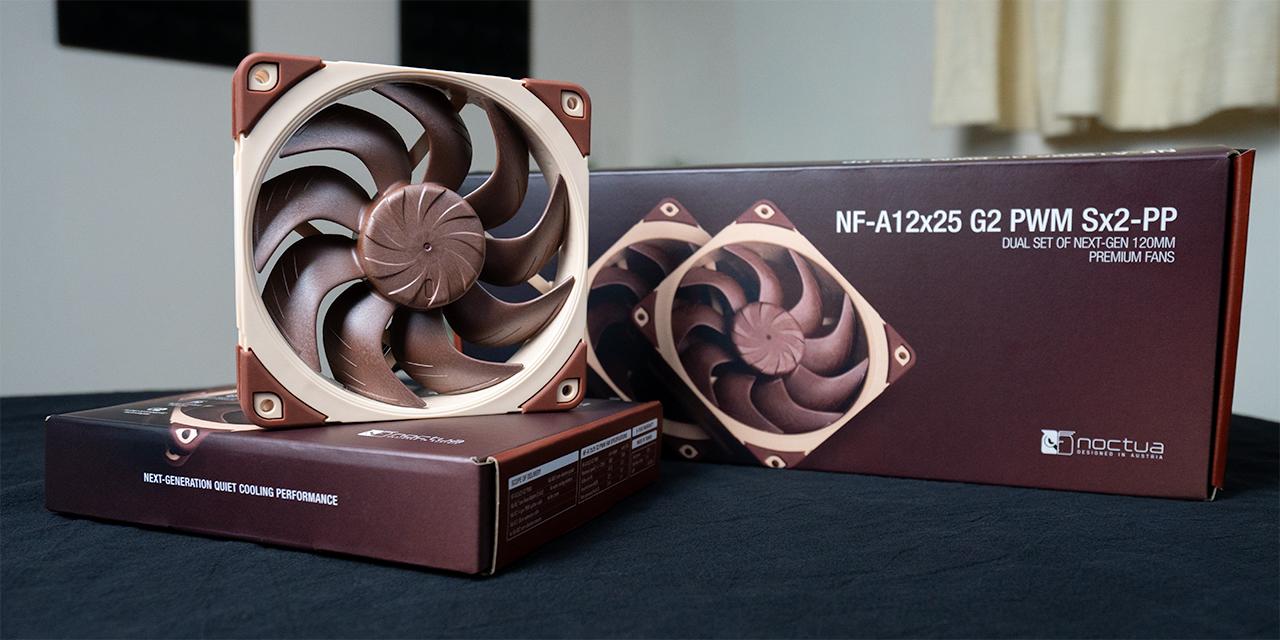Page 3 - Recording Performance Tests

For many people, the quality of sound is often forgotten about. We might think the visual part of videos is the most important, however, we might not notice if lighting is off on a set, or we could ignore something that is slightly out of focus or has poor resolution. On the other hand, poor quality sound is almost immediately noticeable and irritating. Noises such as feedback, popping, and buffeting can be picked up by just about anyone. It is one of those things where no one notices when things are going right, but everyone notices when it goes wrong. For a wireless lavalier microphone, it may be subject to various changing sets, challenging locations, and varying circumstances. At APH Networks, we put our microphones through a series of recording tests to help best prove their capabilities. For the aLLreLi M5, I tested it with the voice recorder application on my Galaxy S24, with the microphone volume set to the default 90%.
The aLLreLi M5 wireless microphone has two built-in sound effect modes: One is noise reduction, and the other is reverb. For preliminary testing, the noise reduction works quite well. As I was recording in an untreated room, the omnidirectional pickup of the mic picked up quite a bit of ambient sound and echoes. The noise reduction definitely eliminated that issue when turned on. The reverb is probably not useful in most situations. It basically makes my voice sound like I am at karaoke. Perhaps it is helpful in adding a little color to singing.
The aLLreLi M5 has an omnidirectional pickup pattern. It essentially picks up sounds in a 360-degree range, or basically from all directions. There is very little change in volume when speaking directly towards the M5 or when rotating it around. It is able to pick up my speech clearly from any given angle while maintaining even sound levels.
The M5 picks up my voice very clearly even when at a distance. The sound volume definitely decreases as the microphone is further away, however, it does not diminish in quality by much. You can hear the difference in distance as the sound is more recessed, but otherwise it performs as expected.
Next, I tested the aLLreLi M5 to see how it handled plosives and background noises. Plosives refer to consonants where the vocal tract is blocked, and airflow stops right before the pronunciation of these sounds. This is common in sounds like b, p, k, t, d, or g. The airflow stops right before pronouncing these letters, followed by a quick expulsion of air. The rapid increase in air pressure acting on a microphone capsule can cause a harsh and unpleasant sound. For background noises, this is affected by the pickup pattern of the microphone as well as the off axis capturing behavior.
The M5 managed plosives quite well. When it was on my lapel where it would likely be in a recording situation, there were no issues with plosives, regardless of if I used the windshield or not, as I was not speaking directly into the microphone. When I placed it about 10cm from my mouth, the popping was heard when no windshield was used. With the windshield on, the pressure change was reduced, but still noticeable.
Due to the nature of the mic being omnidirectional, some background noises were heard. The M5 did not pick up many mouse clicking sounds, whereas the keyboard was much louder. Walking around was very muted until I made a quick turn.
As the aLLreLi M5 has a high chance of being used outdoors, I subjected it to a simulated wind test. I recorded it in front of a fan to see if the buffeting winds would affect the sound quality. When recording without a windshield and without noise reduction, wind noise was readily picked up. The background noise of the fan was also clear. With the windshield on, the buffeting was mostly negated and provided a cleaner track. Furthermore, with the windshield and noise reduction turned on, the fan noise was practically eliminated.
To evaluate vibrations, I tapped on various surfaces to see how the microphone reacts. The M5 picked up a lot of handling noise when touching the body. Pressing the button to activate noise reduction also gave a very audible pop. Surprisingly however, not much noise was picked up when moving my shirt around with the microphone attached to my lapel. I would suggest mounting the M5 prior to recording and avoiding touching it while in use.
Next, I assessed how the aLLreLi M5 sounds for regular speech. I recorded myself reading an excerpt from the M5 manual. It captured my speech clearly and naturally. There was a little bit of a low static noise while speaking, which is a bit distracting. Turning on noise reduction helps, but this also makes the speech less airy. With its recording frequency range, my voice sounded full.
The speaker of the keyboard I played on was about 15cm from the microphone. It replicated the lower strings as well as the layered saxophone very well, and sounded about as good as what was coming from the speakers. It may not have been the cleanest sounding track, but it dutifully replicated what was there.
Discounting my singing ability, the aLLreLi M5 picked up my singing quite clearly. With the noise reduction turned off, it sounded natural and clearly reflective of my voice. It had a good amount of airiness, and did not sound compressed. Whether it was my lack of sustain or the pitchiness or my notes, it captured it very clearly.
Page Index
1. Introduction, Packaging, Specifications
2. Physical Look - Hardware
3. Recording Performance Tests
4. Conclusion





